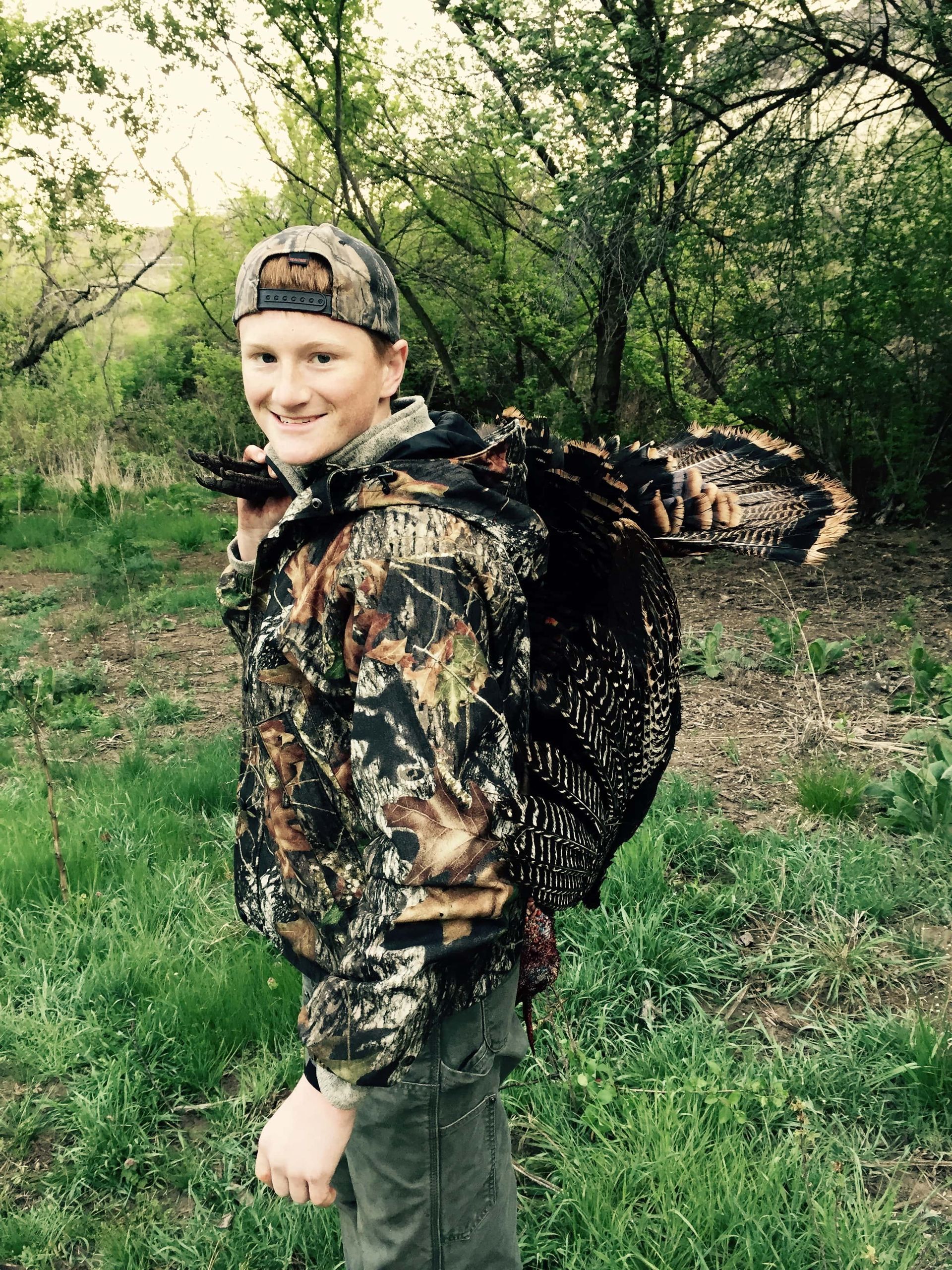What is Marabou Anyway? Fly Tying
April 15th marks the end of spring steelhead season and until Memorial Day weekend, when trout season opens, fishing is not allowed in the rivers and creeks of NE Oregon. Anglers miss out on some great hatches during this time. Skwala and Yellow Sally Stoneflies make their appearance, but the real show is the Mother’s Day Caddis. If you are driving and your windshield is suddenly peppered with little green blobs, you have driven through a caddis hatch. These blobs are actually the egg sacks of the caddis and if you try to windshield wipe them away you will turn them into an epoxy strength smear that even the most enthusiastic gas station attendant will concede defeat against. Best to let them dry.
The end of everything is concurrently the beginning of something else and for sportsmen the end of steelhead is the beginning of spring black bear and turkey season. Spring bear hunters who draw either the Wenaha or Sled Springs tags are welcome to join Winding Waters on a supported bear hunting trip down the roadless section of the Grande Ronde. If you didn’t draw a spring bear tag (I didn’t) you can buy a tag over the counter in Idaho or Montana or you can focus on Oregon’s Rio Grande Turkeys.
There are Easterns, Meriams, Osceola, Gould’s and Rio Grande Turkeys living wild in the United States. Meriams dominate much of the west but Oregon traded some elk for some turkeys a while back and the turkeys we have, except for a small batch of Meriams on Mount Hood, are the Rio Grandes.
The Truth About Marabou
Why pay $22.50 for a turkey tag when you can pay a comparable amount for a butterball at the store? In a word: marabou. That poofy feather you buy in bundles dyed in every color of 80’s fashion to tie undulating, pulsating, fish-catching flies comes from the underside of a turkey. What is marabou, exactly? It’s a soft, fluffy feather, naturally slate gray, that closely imitates a swimming leech for stillwater application.
Marabou and Fly Tying Essentials
Add some color and creativity, and you’ll find yourself limitless. Many would agree that the wooly bugger is responsible for catching more trout than any other fly. A fly box without a wooly bugger is no fly box at all. A responsible angler ought to keep one in their wallet. The thing that makes the wooly bugger so deadly is those wispy fibers of feather used in the tail—marabou feathers, specifically.
If you're wondering what are marabou feathers, they are soft plumes often found near the turkey’s vent area. These are essential for movement and lifelike action in water. Whether you're using marabou for fly tying or incorporating fly tying marabou into streamer patterns, the result is undeniable—big takes and bigger smiles.
The venerable muddler minnow uses fly tying turkey feathers from a turkey wing for the tail, and Dave Whitlock’s hopper uses it for the wing casing. Those iridescent bronze feathers from a turkey’s chest are well used on mayfly nymph patterns, and the fibers from his beard make good legs and tails on stonefly nymphs. You can even get creative by tying flies with turkey feathers you gathered yourself.
Feather Up Your Fly Box
We love seeing people use every part of the animal—maribou feathers, tail plumes, beard fibers, and all. Try adding feather marabou to your streamer tails, or even dress things up with marabou trim for a flashy accent. If you’re deep in the hobby and curious about what is marabou feather, it’s simply another name for that fluffy underfeather of a turkey or similar bird, often marketed in fly shops.
Hunters and anglers alike are showing off more unique creations. Think marabou feather boa streamers or even a full marabou coat of dubbing and hackle. Ever seen a marabou feather robe pattern? You should.
Fashion Meets Function
There’s a strange crossover between marabou fashion and fly fishing. You’ll see marabou in jackets, boas, cuffs—and in your fly tying kit. It’s beautiful, functional, and the next time you’re out scouting turkeys or rummaging through your fly box, consider how fly tying marabou connects nature, craft, and culture.
Spring Adventures with Winding Waters
If you did draw a bear tag and get a bear (color me green with envy), you might take some bear hair and tie a fly affectionately known in Montana as the brown bear brown, blonde bear blonde, black bear black…you see where this goes. There are many variations and people claiming to be the original producers, so I won’t play favorites. But George Grant, a true conservationist and fly-tying innovator, used bear hair to craft fly masterpieces.
While we may mourn this brief pause in fishing, there’s still sporting to be done. Get out this spring, harvest what you can, and tie something extraordinary. Post your fly-tying marabou or tying flies with turkey feathers creations to our Facebook page and bring them when you join us for a Whitewater Raftings trip this summer.
With fly tying materials like marabou for fly tying in your toolkit, you’re not just crafting flies—you’re tying memories, stories, and outdoor legacies. Whether you're chasing trout, turkeys, or just peace in nature, let Winding Waters be part of your journey.
Curious about Winding Waters and our
rafting trips? Our guests share their thrilling experiences—check out our
Google Business Profile Reviews!







